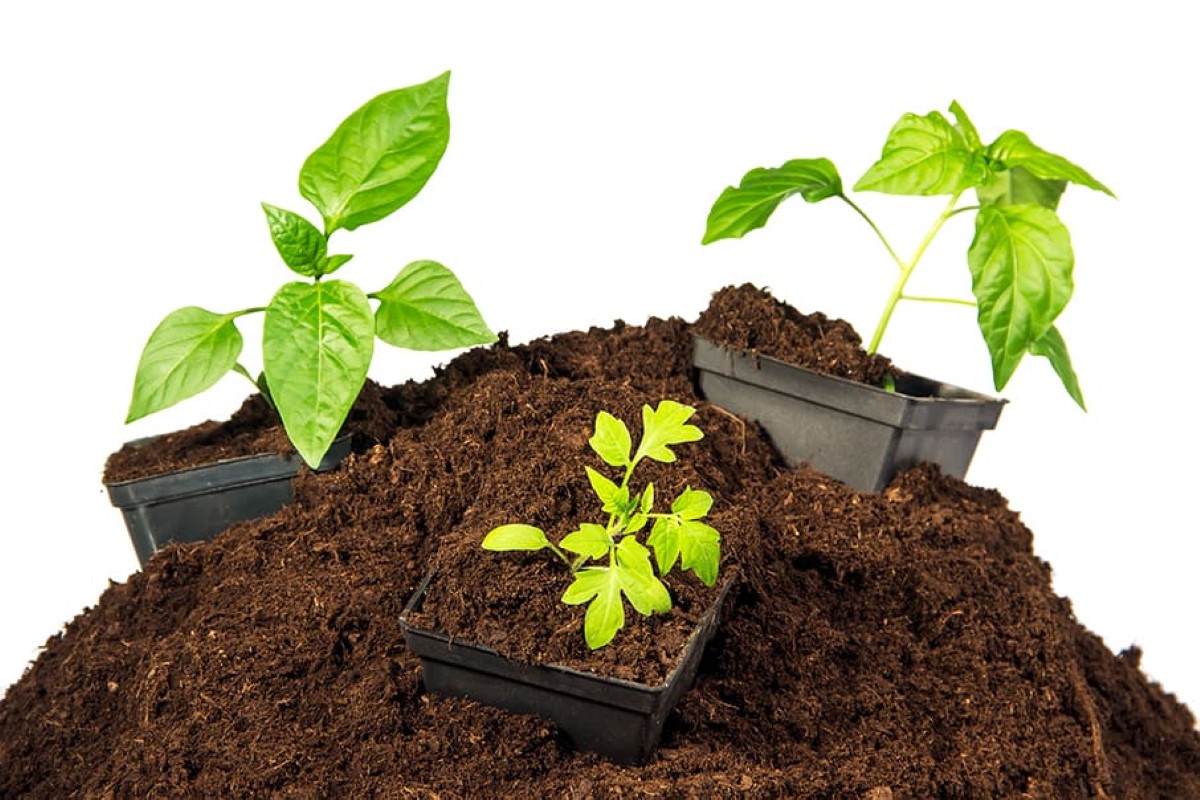

Articles
How To Store Peat Moss
Modified: February 23, 2024
Discover the best methods for storing peat moss with these insightful articles. Protect the quality and effectiveness of your peat moss with expert tips and recommendations.
(Many of the links in this article redirect to a specific reviewed product. Your purchase of these products through affiliate links helps to generate commission for Storables.com, at no extra cost. Learn more)
Introduction
Welcome to a comprehensive guide on how to store peat moss, the versatile gardening material that enthusiasts and professionals alike rely on for its numerous benefits. Whether you are an avid gardener or just starting out, learning how to properly store peat moss is essential for maintaining its quality and maximizing its effectiveness in your garden.
Peat moss, also known as sphagnum moss, is a natural product derived from the decomposition of sphagnum moss and other organic matter found in bogs and wetlands. It is highly valued for its ability to retain moisture, improve soil structure, and enhance nutrient absorption in plants.
In this article, we will explore the importance of peat moss in gardening, discuss the various types of peat moss available, and delve into the steps you need to take to ensure that it remains in optimal condition during storage. By following these guidelines, you can extend the shelf life of your peat moss and reap its benefits for years to come.
Proper storage of peat moss is crucial to maintain its moisture-retaining properties and prevent the growth of harmful microorganisms. The condition in which peat moss is stored can significantly affect its quality and effectiveness. Whether you choose to store it in open containers or sealed bags, there are several considerations to keep in mind to preserve its integrity.
Before we delve into the specifics of storage, let’s first explore why peat moss is such a valuable resource for gardeners.
Key Takeaways:
- Properly storing peat moss is crucial for maintaining its quality and effectiveness in gardening. By following storage guidelines and maintaining optimal conditions, you can ensure its longevity and maximize its benefits for your plants.
- When using stored peat moss, consider rehydrating if necessary, mixing with soil amendments, enhancing seed starting mixes, improving garden soil, and using it as mulch or for acid-loving plants. These tips will help you make the most of your stored peat moss and create an optimal growing environment for your plants.
Read more: What Is Peat Moss Good For Grass
What is Peat Moss?
Peat moss, also known as sphagnum moss, is a unique type of organic material that is widely used in gardening and horticulture. It is derived from the decomposed remains of sphagnum moss and other plant matter found in peat bogs and wetland areas.
Peat moss has several distinguishing characteristics that make it highly desirable for gardening purposes. Firstly, it has a unique ability to retain moisture, making it an excellent choice for improving soil moisture levels in both indoor and outdoor plants. This moisture-retaining property is especially beneficial in arid climates or for plants that require consistent watering.
Secondly, peat moss has a high capacity to improve soil structure. It is lightweight and fibrous, allowing it to improve aeration and drainage in heavy or compacted soils. By adding peat moss to the soil, you can create a more favorable environment for plant roots to grow and thrive.
Furthermore, peat moss has a slightly acidic pH level, which makes it ideal for acid-loving plants such as blueberries, azaleas, and rhododendrons. It can help create the acidic conditions necessary for these plants to thrive.
Peat moss also possesses excellent nutrient-holding properties. It can absorb and retain essential nutrients in the soil, preventing them from leaching out and ensuring that plants have access to the nutrients they need for healthy growth.
Due to its versatility and ability to improve soil conditions, peat moss is widely used in various gardening applications. It is commonly used as an ingredient in potting mixes, seed starting blends, and soil amendments. It is also used for improving lawn conditions, enhancing compost piles, and as a bedding material for reptiles and amphibians.
However, it is important to note that peat moss is a non-renewable resource. It takes thousands of years for peat deposits to form, and the extraction of peat moss can have an impact on fragile ecosystems. As such, many gardeners and environmentalists advocate for the responsible use of peat moss and the exploration of sustainable alternatives.
Now that we understand what peat moss is and its valuable qualities, let’s explore in detail how it helps plants and what factors to consider when choosing the right type of peat moss for your gardening needs.
How Does Peat Moss Help Plants?
Peat moss is a valuable gardening material that offers numerous benefits to plants. Its unique properties make it an effective tool for improving soil conditions and promoting healthy plant growth. Let’s explore how peat moss helps plants thrive.
1. Moisture Retention: One of the primary benefits of peat moss is its exceptional moisture-retaining capacity. It absorbs and retains water efficiently, allowing plants to have access to a steady supply of moisture. This is particularly beneficial in dry climates or for plants that require consistent watering. For gardeners who struggle with maintaining proper soil moisture levels, incorporating peat moss into the soil can help alleviate this issue and prevent plants from drying out.
2. Soil Structure Improvement: Peat moss has a fibrous and lightweight texture, which helps improve soil structure. When added to heavy or compacted soils, peat moss loosens the soil, enhancing aeration and drainage. This allows plant roots to penetrate more easily, promoting root growth and overall plant health. By improving soil structure, peat moss creates a well-balanced growing environment for plants to flourish.
3. Nutrient Absorption: Peat moss has excellent nutrient-holding properties. It can absorb and retain essential nutrients in the soil, preventing them from leaching out. This ensures that plants have access to a steady supply of nutrients, promoting healthy growth and development. In addition, peat moss releases these nutrients slowly over time, providing a consistent and long-lasting source of nutrition for plants.
4. pH Regulation: Peat moss has a slightly acidic pH level, typically ranging from 3.5 to 4.5. This makes it an excellent choice for acid-loving plants that thrive in acidic soil conditions. By incorporating peat moss into the soil, gardeners can create a more acidic environment, promoting optimal growth for acid-loving plants like blueberries, azaleas, and ferns.
5. Disease Prevention: Peat moss has natural antimicrobial properties that can help suppress certain plant diseases and fungal pathogens. It creates an environment that is unfavorable for the growth and proliferation of harmful microorganisms. By using peat moss in your gardening practices, you can reduce the risk of disease and improve overall plant health.
6. Seed Starting and Transplanting: Peat moss is widely used in seed starting blends and for transplanting seedlings. Its fine texture provides a gentle and supportive environment for delicate roots to establish and grow. The moisture-retaining properties of peat moss also help keep seeds and seedlings adequately hydrated during their early stages of growth.
Now that we understand the various ways peat moss benefits plants, it is important to choose the right type of peat moss for your gardening needs. In the next section, we will explore the factors to consider when selecting peat moss and how to prepare for its proper storage.
Choosing the Right Type of Peat Moss
When it comes to choosing the right type of peat moss for your gardening needs, there are a few factors to consider. The quality and characteristics of the peat moss can significantly impact its effectiveness in improving soil conditions and promoting plant growth. Here are some key considerations:
1. Sourcing: Peat moss can be sourced from different regions, and the quality may vary. Look for peat moss that is sustainably harvested and obtained from reputable sources. Responsible peat harvesting practices help minimize the environmental impact and ensure the long-term availability of this valuable resource.
2. Texture: The texture of peat moss can vary, ranging from fine to coarse. For seed starting and delicate plants, opt for a finer texture that provides a gentle and supportive environment for root growth. Coarser peat moss is suitable for improving soil structure in larger gardening areas or for mixing with other amendments.
3. Organic Certification: If you prefer using organic materials in your gardening practices, look for peat moss that is certified organic. Organic peat moss is free from synthetic additives and has undergone rigorous testing to ensure it meets organic standards.
4. pH Level: Verify the pH level of the peat moss, as this can impact its suitability for specific plants. Most peat moss has a slightly acidic pH, which is beneficial for acid-loving plants. However, for plants that require different pH levels, consider adjusting the mix with appropriate soil amendments.
5. Moisture Content: Peat moss should have a sufficient moisture content without being overly wet or dry. It should feel moist to the touch but not saturated. Avoid peat moss that appears excessively dry, as it may have lost its moisture-retaining properties.
6. Particle Size: Particle size refers to the size of the individual pieces of peat moss. Smaller particles provide better moisture retention and can be suited for starting seeds and delicate plants. Larger particles are beneficial for improving soil structure and aeration in larger gardening areas.
7. Packaging: Consider the packaging options available for peat moss. It is commonly sold in compressed bales, bags, or loose bulk. Choose packaging that suits your gardening needs and provides convenience for storage and use.
By carefully considering these factors and selecting high-quality peat moss, you can ensure that you have the right type of peat moss for your specific gardening applications. With the appropriate peat moss in hand, it’s time to prepare for its storage.
Preparing for Storage
Before you store peat moss, it’s essential to prepare it properly to ensure its longevity and maintain its quality. Taking a few simple steps can help prevent mold growth, maintain moisture levels, and keep the peat moss in optimal condition. Here’s what you need to do:
1. Inspect for Foreign Matter: Before storing peat moss, check it for any debris, such as leaves, twigs, or rocks. Remove any foreign matter by hand to ensure that only pure peat moss is stored.
2. Break Up Clumps: If the peat moss has formed clumps during transportation or storage, gently break them apart. This will help prevent moisture retention in localized areas and promote even airflow throughout the peat moss.
3. Moisture Check: Verify the moisture content of the peat moss before storing it. It should feel slightly damp, like a wrung-out sponge. If the peat moss feels too dry, you can moisten it by lightly spraying it with water from a misting bottle. Avoid over-saturating the peat moss, as excessive moisture can lead to mold growth.
4. Loosen the Peat Moss: Use your hands or a garden fork to fluff up and loosen the peat moss. This will help improve its airflow and create a more uniform environment for storage.
5. Remove Excess Debris: While peat moss naturally contains some fibrous material, it’s best to remove any large debris or larger pieces that can impede its storage and use.
6. Optional: Add Moisture-Retaining Agents: If desired, you can enhance the moisture-retaining properties of peat moss by incorporating moisture-retaining agents such as vermiculite or perlite. These additives help improve water retention and prevent the peat moss from drying out too quickly.
7. Prepare Storage Containers: Depending on your preferred storage method (open containers or sealed bags/containers), ensure that the containers are clean, dry, and free from any contaminants. This will help maintain the quality of the peat moss during storage.
By following these simple steps, you can prepare your peat moss for storage effectively. In the next sections, we will explore how to store peat moss in open containers and sealed bags or containers, as well as the proper conditions to maintain during storage to ensure its longevity.
Read more: What Is Peat Moss Used For On Lawns
Storing Peat Moss in Open Containers
If you prefer storing peat moss in open containers, such as bins or buckets, it’s crucial to maintain the right conditions to preserve its quality. Here are some guidelines to follow:
1. Choose Clean and Dry Containers: Select containers that are clean, dry, and free from any contaminants. This will help prevent the growth of mold or mildew and maintain the integrity of the peat moss.
2. Fill Containers: Fill the containers with the prepared peat moss, ensuring that it is evenly distributed and loosely packed. Avoid compressing the peat moss, as this can impede airflow and lead to moisture retention.
3. Cover the Containers: Place a breathable cover over the containers to protect the peat moss from dust or debris while still allowing air circulation. A mesh or breathable cloth is ideal for this purpose.
4. Store in a Cool and Dry Area: Find a cool and dry area for storing the open containers of peat moss. Avoid exposing the containers to direct sunlight or high humidity, as this can degrade the quality of the peat moss. Additionally, ensure that the storage area is well-ventilated to prevent the accumulation of moisture.
5. Check for Moisture Regularly: Monitor the moisture levels of the peat moss throughout its storage period. While it should be slightly damp, be cautious of excess moisture that can lead to mold growth. If necessary, adjust the moisture content by lightly misting the peat moss, being careful not to over-saturate it.
6. Prevent Contamination: Ensure that the storage area is free from pests, such as insects or rodents, as well as any potential sources of contamination. Keep the containers sealed or covered when not in use to prevent unwanted debris or pests from entering.
7. Rotate Stock: If you have multiple containers of peat moss, it’s a good practice to rotate the stock periodically. This means using the older stock first to minimize the risk of it degrading over time.
By following these guidelines, you can properly store peat moss in open containers and maintain its quality for future use. However, if you prefer an alternative storage method that provides more protection and longevity, consider storing peat moss in sealed bags or containers, as we will discuss in the next section.
Store peat moss in a cool, dry place to prevent it from becoming moldy or compacted. Keep it in its original packaging or a breathable container to maintain its moisture content.
Storing Peat Moss in Sealed Bags or Containers
Storing peat moss in sealed bags or containers offers enhanced protection and longevity compared to open containers. Here are the steps to follow when using this storage method:
1. Choose High-Quality Bags or Containers: Use durable, tear-resistant bags or airtight containers specifically designed for long-term storage. This will help prevent air, moisture, and pests from entering and compromising the quality of the peat moss.
2. Fill the Bags or Containers: Fill the bags or containers with the prepared peat moss, leaving a bit of space at the top for sealing. Avoid overpacking the bags or containers to allow for some airflow and prevent compression of the peat moss.
3. Squeeze Out Excess Air: If using bags, squeeze out any excess air before sealing them. This will minimize the potential for moisture retention and mold growth. Ensure the bags are tightly sealed to maintain an airtight environment.
4. Label the Bags or Containers: Clearly label each bag or container with the date of storage. This will help you keep track of the age of the peat moss and facilitate proper rotation of stock.
5. Find a Cool and Dry Storage Area: Store the sealed bags or containers in a cool and dry area away from direct sunlight. This will help preserve the quality of the peat moss and minimize the risk of degradation. Keep them off the floor to prevent moisture absorption.
6. Check for Damaged Bags or Containers: Regularly inspect the sealed bags or containers for any signs of damage or deterioration. If you notice any punctures or leaks, transfer the peat moss to new bags or containers to maintain its freshness.
7. Maintain Temperature and Humidity: The storage area should have a consistent temperature and humidity level. Avoid extreme temperature fluctuations and high humidity, as these can affect the quality of the peat moss.
8. Rotate Stock: Similar to storing peat moss in open containers, it’s important to rotate the stock when using sealed bags or containers. Use the older stock first to ensure its freshness and prevent any deterioration over time.
By following these steps, you can store peat moss in sealed bags or containers, providing a protected and controlled environment for long-term storage. Now let’s move on to maintaining proper storage conditions to ensure the longevity of your stored peat moss.
Maintaining Proper Storage Conditions
To ensure the longevity and quality of stored peat moss, maintaining proper storage conditions is essential. Here are some guidelines to follow:
1. Temperature: Peat moss should be stored in a cool area with a consistent temperature. Avoid storing it in areas prone to temperature fluctuations or high heat, as this can affect its moisture content and lead to degradation. Aim for a temperature range between 50°F (10°C) and 70°F (21°C).
2. Humidity: Proper humidity levels are crucial for maintaining the quality of peat moss. Avoid storing it in areas with high humidity or excessive moisture, as this can encourage mold growth and reduce its effectiveness. Aim for a humidity level below 70% to prevent moisture-related issues.
3. Ventilation: Proper airflow is important to prevent the accumulation of excessive moisture or the growth of mold and mildew. Ensure that the storage area has adequate ventilation to promote airflow and minimize the risk of moisture retention.
4. Protection from Sunlight: Sunlight can degrade peat moss and affect its moisture content. Store it in a location away from direct sunlight to prevent nutrient loss and deterioration. Keep the peat moss in a shaded area, or use opaque containers that block out sunlight.
5. Pests Prevention: Protect stored peat moss from pests, such as insects or rodents, by ensuring that the storage area is sealed and free from any potential entry points. Regularly inspect the storage area for signs of pests and take necessary measures to eliminate them if detected.
6. Regular Inspection: Periodically check the stored peat moss for any signs of mold, mildew, or unusual odors. If you notice any issues, immediately discard the affected portion to prevent further contamination.
7. Stock Rotation: Continuously monitor the age of your stored peat moss and practice proper stock rotation. Use the older stock first to ensure that you are utilizing the peat moss at its peak freshness and effectiveness.
8. Proper Handling: When retrieving peat moss from storage, handle it with clean hands or gloves to prevent introducing any contaminants. Take care not to spill or disperse the peat moss, as this can lead to unnecessary waste and mess.
By maintaining these proper storage conditions, you can preserve the quality and effectiveness of peat moss for an extended period. Now, let’s explore how you can check the quality of stored peat moss before using it in your gardening endeavors.
Checking the Quality of Stored Peat Moss
Before using stored peat moss in your gardening projects, it’s important to check its quality to ensure optimal performance and effectiveness. Here are some steps to help you assess the quality of your stored peat moss:
1. Visual Inspection: Examine the appearance of the peat moss. It should have a light brown to dark brown color, indicating its organic nature. Avoid using peat moss that has turned gray or has a moldy or musty appearance.
2. Texture Check: Feel the texture of the peat moss. It should still be loose, fibrous, and crumbly to the touch. If the peat moss feels excessively compacted, wet, or clumpy, it may indicate moisture retention or degradation.
3. Moisture Content: Assess the moisture content of the peat moss. It should be slightly damp, but not overly wet or dry. If it feels excessively dry, it may have lost its moisture-retaining properties. Conversely, if it feels excessively wet and compacted, it may have retained too much moisture and be prone to mold growth.
4. Smell Test: Take a whiff of the stored peat moss. It should have a pleasant, earthy odor. If you detect any strong or foul odors, it may indicate the presence of mold or decomposition.
5. Mold or Mildew: Look for any signs of mold or mildew growth on the surface of the peat moss. If you notice any fuzzy patches, greenish discoloration, or musty odor, it may indicate mold or mildew contamination. Discard any peat moss that shows signs of mold or mildew to prevent spreading to other portions.
6. Foreign Matter: Check for any foreign matter, such as debris, rocks, or insects, in the peat moss. Remove any unwanted materials before using the peat moss in your gardening projects.
7. Test Moisture Retention: Test the ability of the peat moss to retain moisture. Take a small quantity of the peat moss and moisten it. Observe how well it holds and releases the moisture over time. If the peat moss exhibits excellent moisture retention, it indicates that it is still effective in its moisture-absorbing properties.
8. Nutrient Content: While it’s challenging to assess the nutrient content without laboratory testing, consider the age of the peat moss. As peat moss ages, it gradually loses its nutrient content. If you have stored peat moss for an extended period, you may need to supplement it with additional nutrients when using it in your gardening projects.
By conducting these quality checks, you can ensure that your stored peat moss is in good condition and ready to provide the desired benefits to your plants. With high-quality peat moss in hand, let’s explore some tips for using it effectively in your gardening endeavors.
Read more: How To Use Peat Moss To Grow Grass
Tips for Using Stored Peat Moss
Stored peat moss can be a valuable resource in your gardening projects. To ensure its optimal use and effectiveness, here are some helpful tips for incorporating stored peat moss into your gardening endeavors:
1. Rehydrate if Necessary: If the peat moss feels excessively dry, you can rehydrate it before using it. Sprinkle water evenly over the peat moss and mix it thoroughly to distribute the moisture. Allow the peat moss to absorb the water for a short period before using it in your planting beds or containers.
2. Mix with Soil Amendments: Peat moss can be mixed with other soil amendments and organic matter to create custom soil blends. Consider incorporating compost, perlite, vermiculite, or other soil additives to create a well-balanced growing medium for your plants. Experiment with different ratios to achieve the desired texture and nutrient content.
3. Enhance Seed Starting Mixes: If you are starting seeds indoors or in containers, peat moss can be a valuable component of your seed starting mix. Combine it with other ingredients such as vermiculite, perlite, and compost to provide a well-drained and nutrient-rich environment for germination and early seedling growth.
4. Improve Garden Soil: Incorporate peat moss into garden beds to improve soil structure, moisture retention, and nutrient availability. Spread a layer of peat moss over the soil surface and mix it in thoroughly. This will help break up compacted soil, enhance drainage, and provide a beneficial growing environment for plants.
5. Amend Potting Mixes: Add peat moss to commercial potting mixes to improve their moisture-retaining properties and create a more balanced growing medium. Mix peat moss thoroughly with the potting soil to distribute it evenly throughout the mix.
6. Mulch Application: Use peat moss as a protective mulch around plants to help conserve moisture, regulate soil temperature, and suppress weed growth. Apply a layer of peat moss around the base of plants, leaving a small gap around the stems to prevent moisture buildup and potential rot.
7. Acid-Loving Plants: Peat moss is ideal for acid-loving plants such as blueberries, azaleas, and rhododendrons. Mix peat moss into the soil for these plants to create a more acidic pH level, which supports their growth and nutrient uptake.
8. Composting: Peat moss can be added to compost piles to aid in decomposition and improve moisture balance. Mix it with other compost ingredients to enhance moisture retention and provide aeration within the compost pile.
Remember to follow general gardening practices in conjunction with using stored peat moss. Monitor soil moisture levels, provide sufficient sunlight, and maintain proper watering habits to ensure your plants thrive.
With these tips, you can make the most of your stored peat moss and enjoy the benefits it brings to your gardening projects. Happy gardening!
Conclusion
Peat moss is a versatile gardening material that offers numerous benefits to plants, including improved moisture retention, enhanced soil structure, and nutrient absorption. Knowing how to properly store peat moss is essential for preserving its quality and maximizing its effectiveness in your garden.
In this comprehensive guide, we have explored the importance of peat moss in gardening, discussed how it helps plants thrive, and provided tips for choosing the right type of peat moss for your needs. We have also covered the steps for preparing peat moss for storage, as well as the methods of storing it in open containers or sealed bags/containers.
To ensure optimal storage conditions, we recommend maintaining a cool and dry environment, protecting the peat moss from sunlight, preventing excess moisture, and regularly checking for signs of mold or mildew. Properly stored peat moss can remain fresh and effective for an extended period.
When it comes to using stored peat moss, keep in mind the importance of rehydration if necessary, mixing it with soil amendments, enhancing seed starting mixes, improving garden soil quality, and using it as a mulch or for acid-loving plants. By following these tips, you can make the most of your stored peat moss and provide an optimal growing environment for your plants.
Remember, peat moss is a non-renewable resource, and it is important to consider sustainable alternatives and use peat moss responsibly. Explore other organic materials, compost, or locally sourced resources to reduce your reliance on peat moss while still achieving healthy and thriving gardens.
By incorporating the knowledge and techniques outlined in this guide, you can confidently store and utilize peat moss to enhance your gardening experience. Whether you are a seasoned gardener or just starting out, proper peat moss storage will help you achieve beautiful, flourishing plants and create a vibrant and thriving garden space.
So, go ahead and put this knowledge to use, and enjoy the many benefits that peat moss can bring to your gardening endeavors. Happy gardening!
Frequently Asked Questions about How To Store Peat Moss
Was this page helpful?
At Storables.com, we guarantee accurate and reliable information. Our content, validated by Expert Board Contributors, is crafted following stringent Editorial Policies. We're committed to providing you with well-researched, expert-backed insights for all your informational needs.
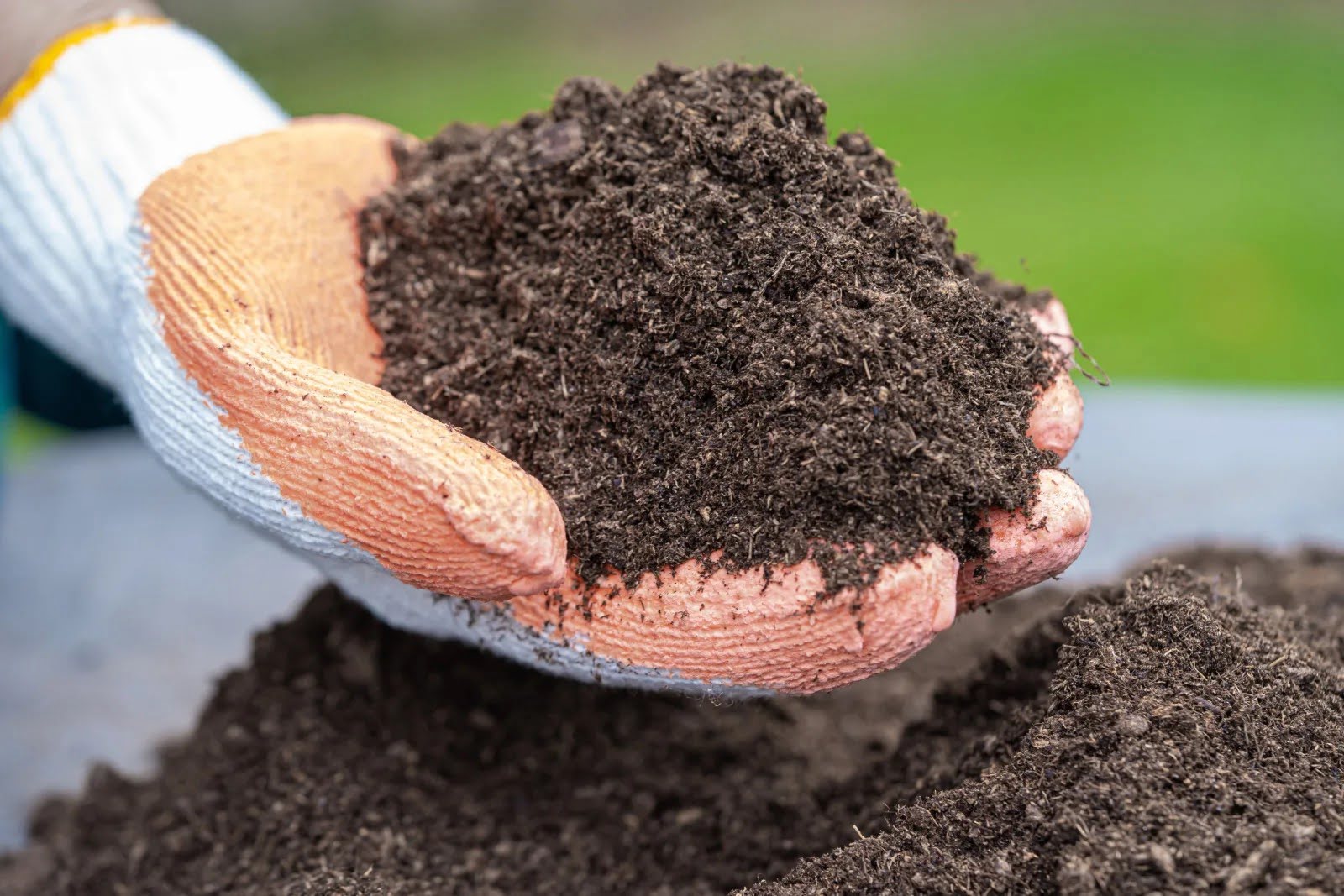
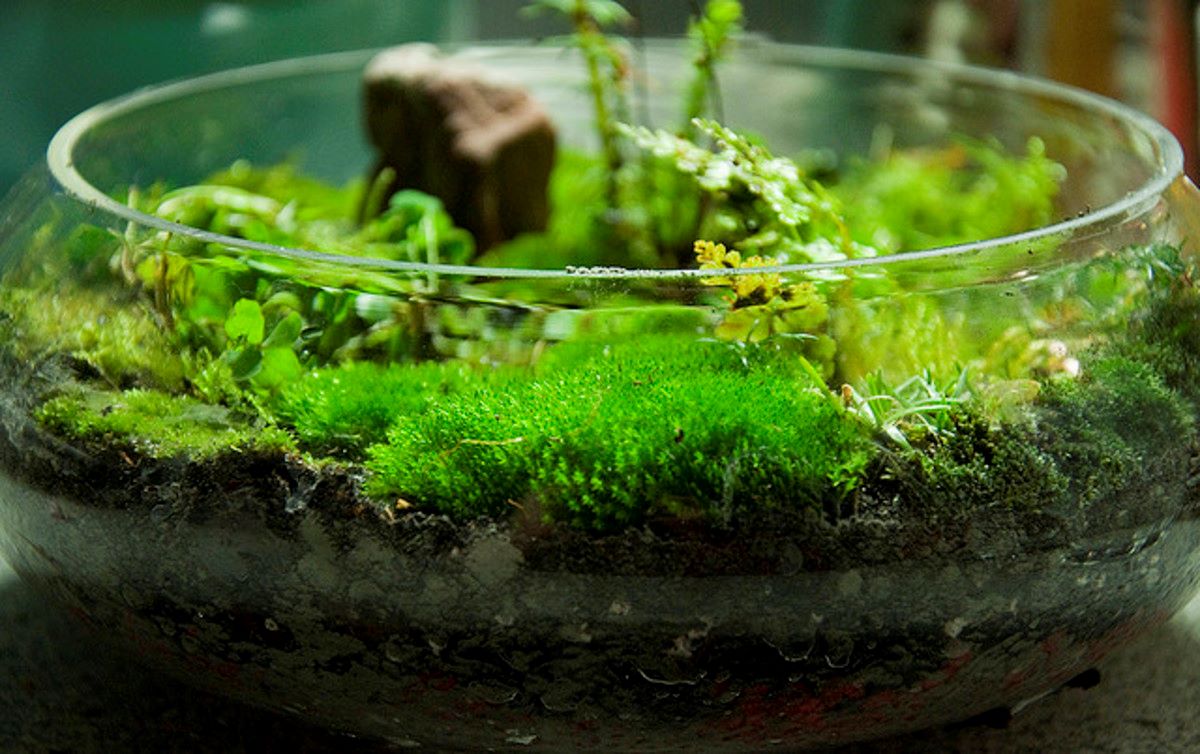
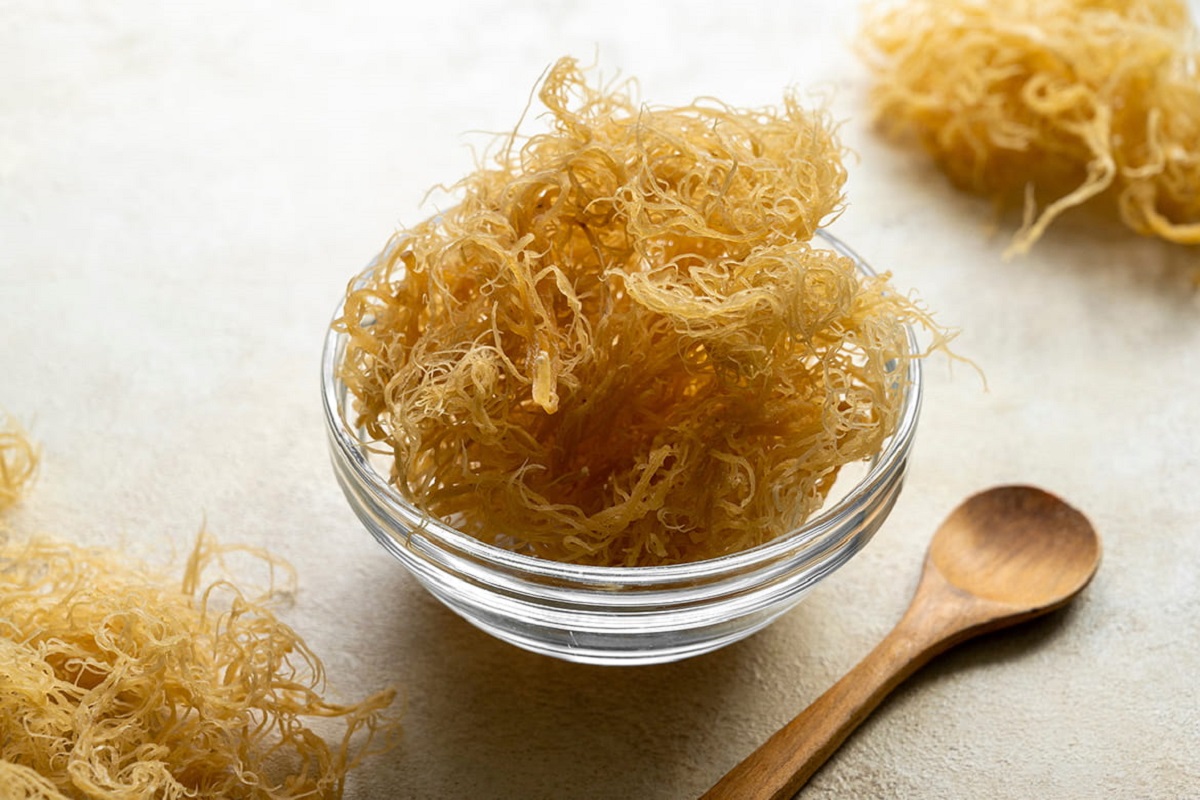
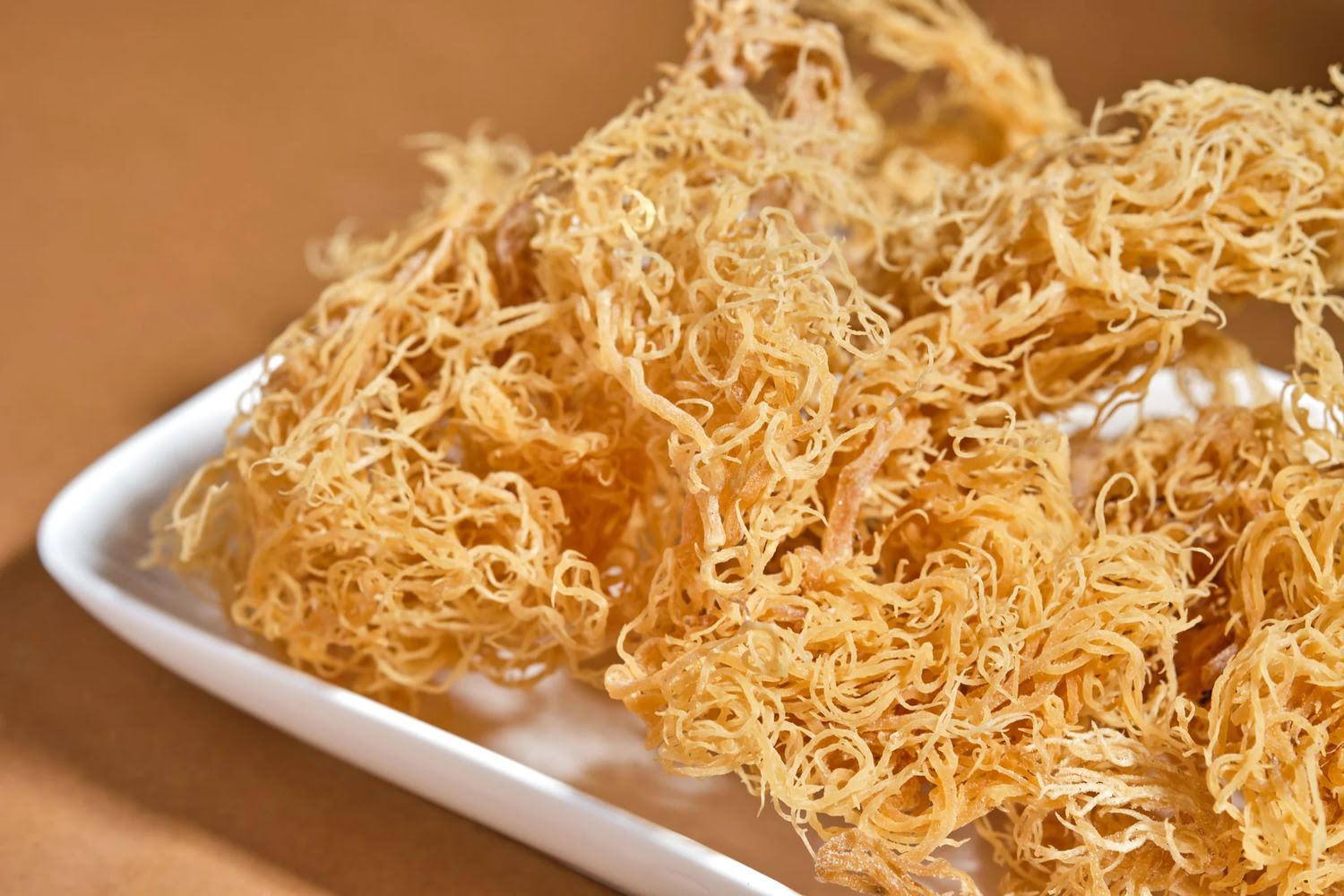
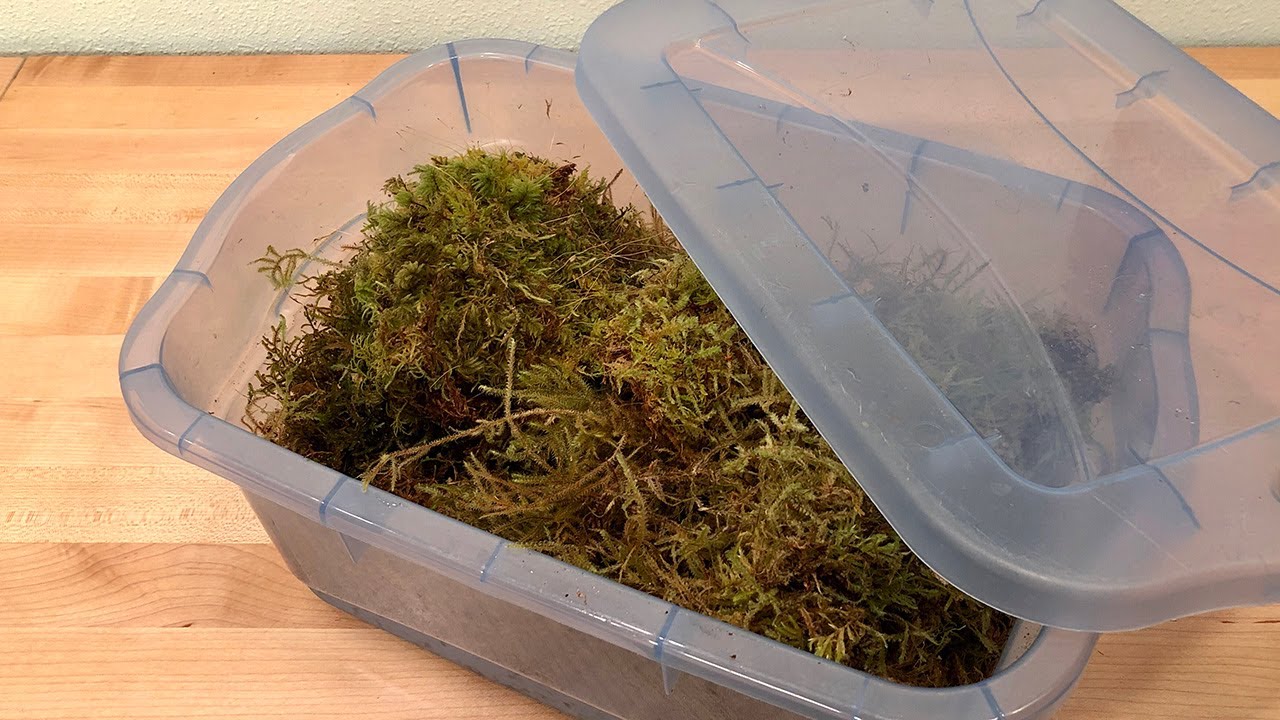
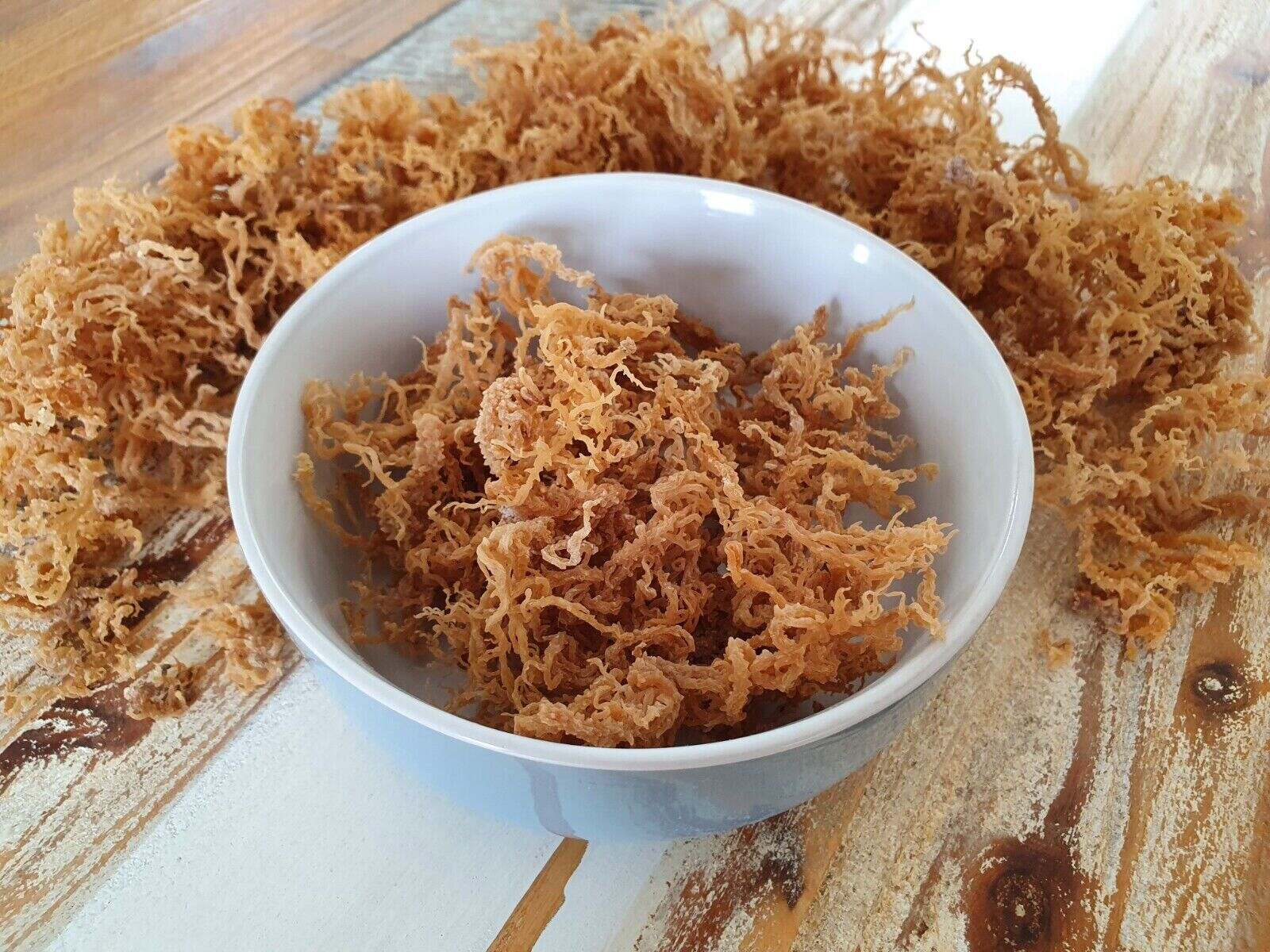
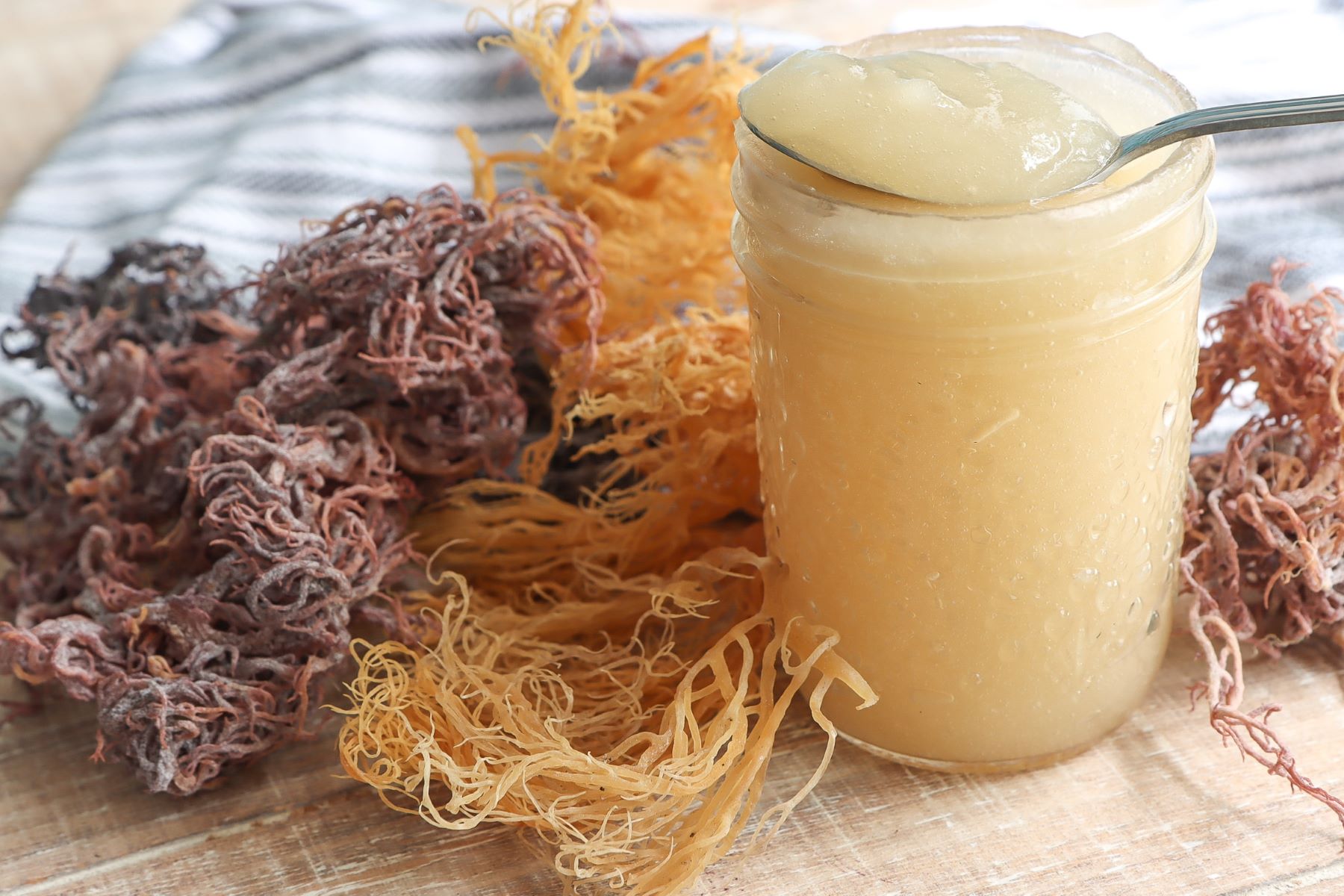
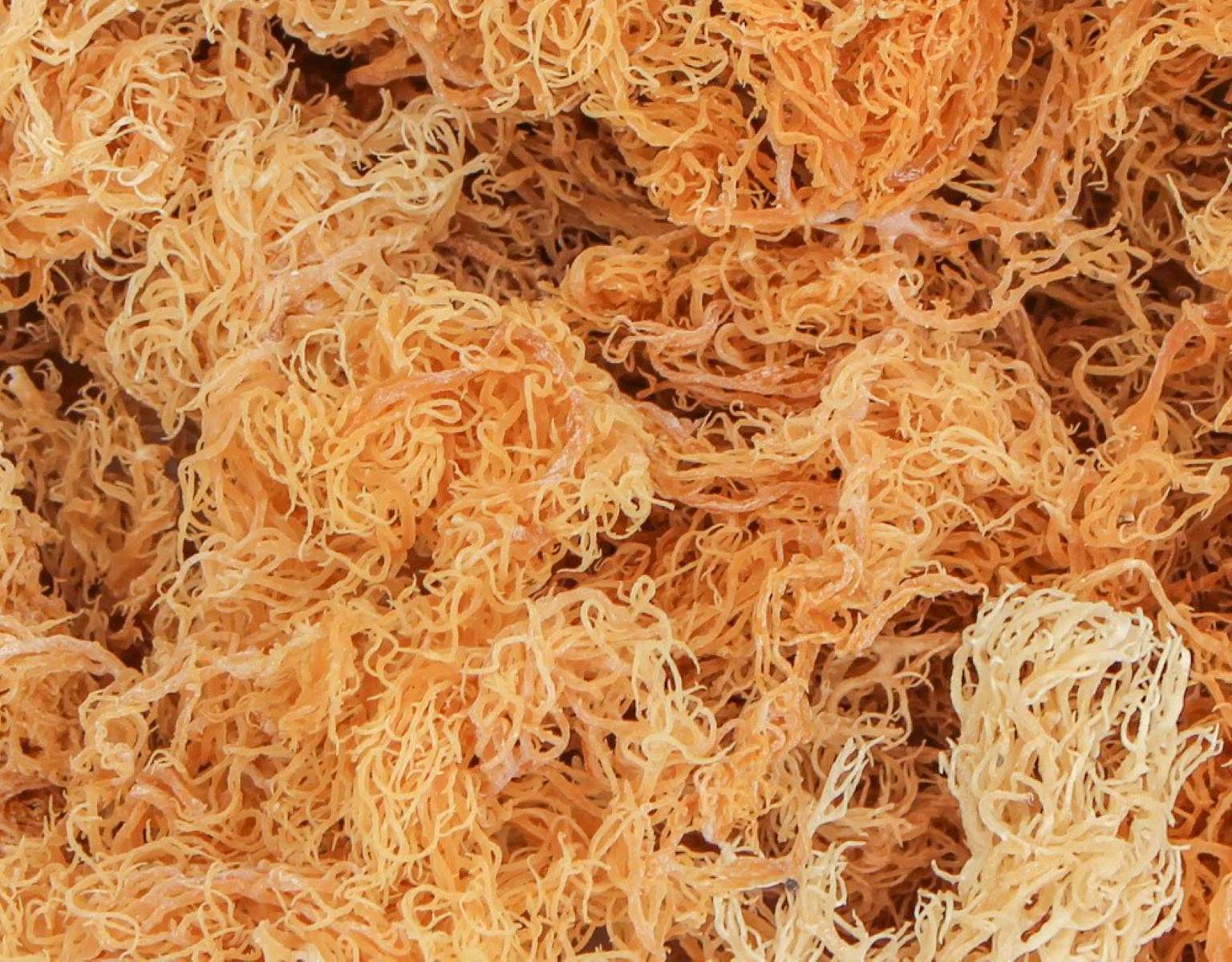
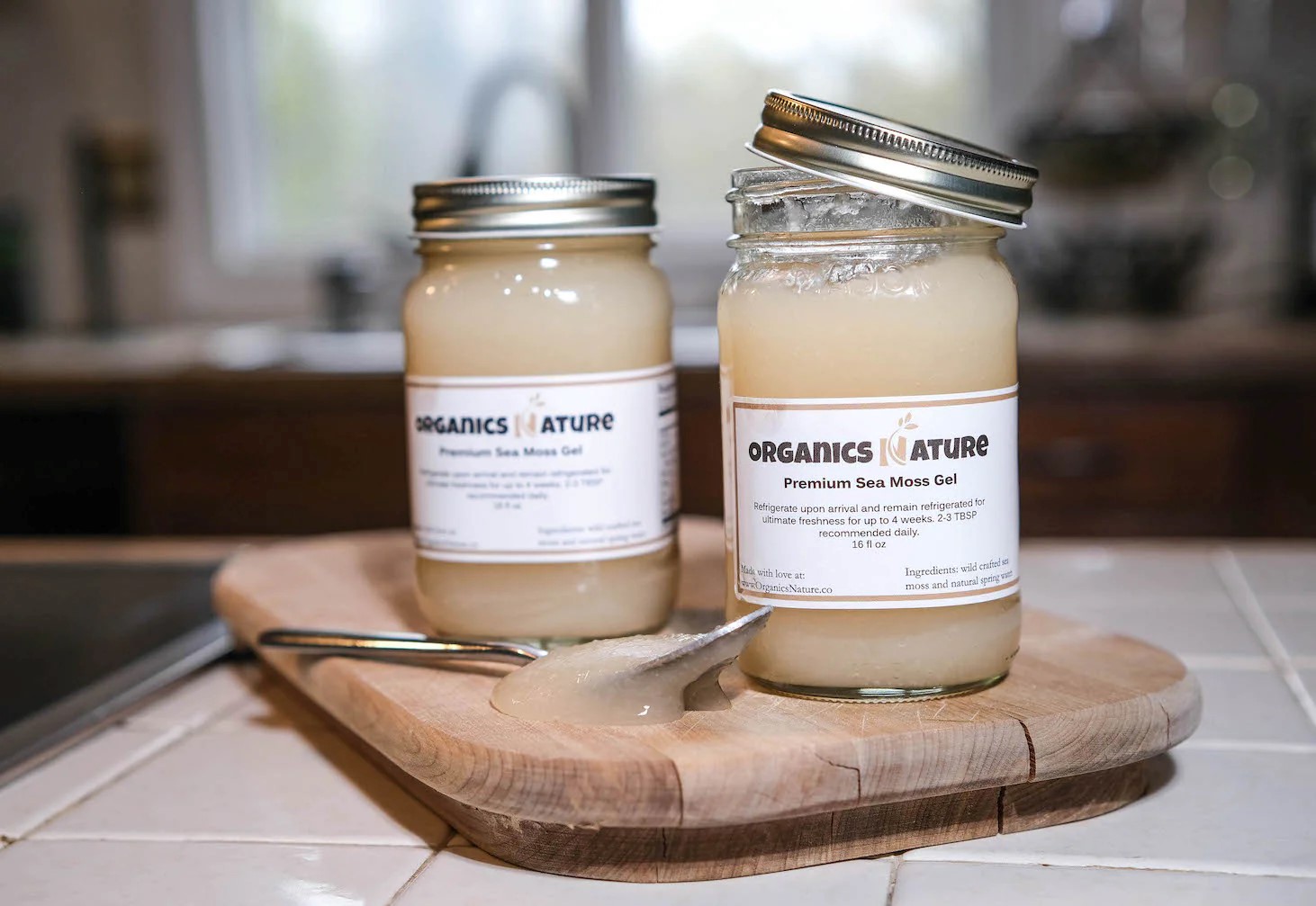
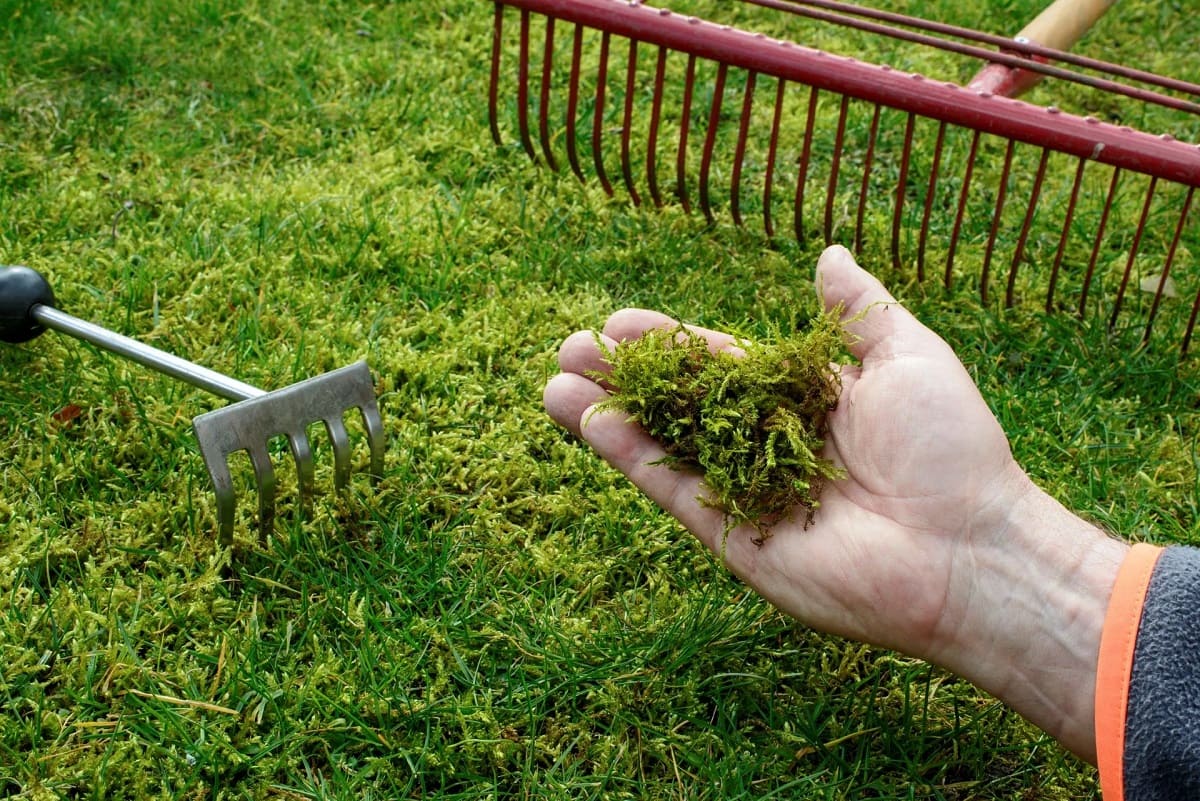
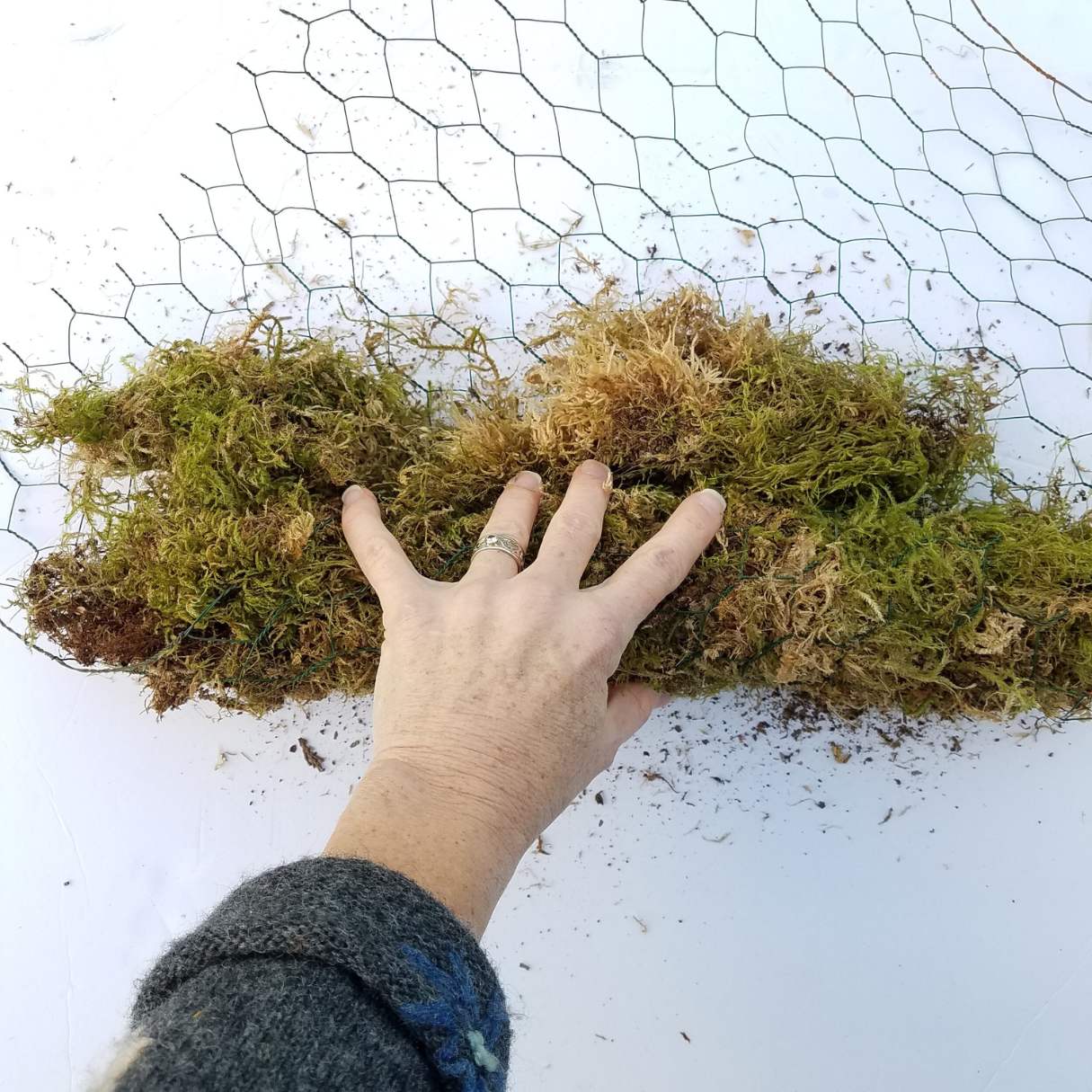
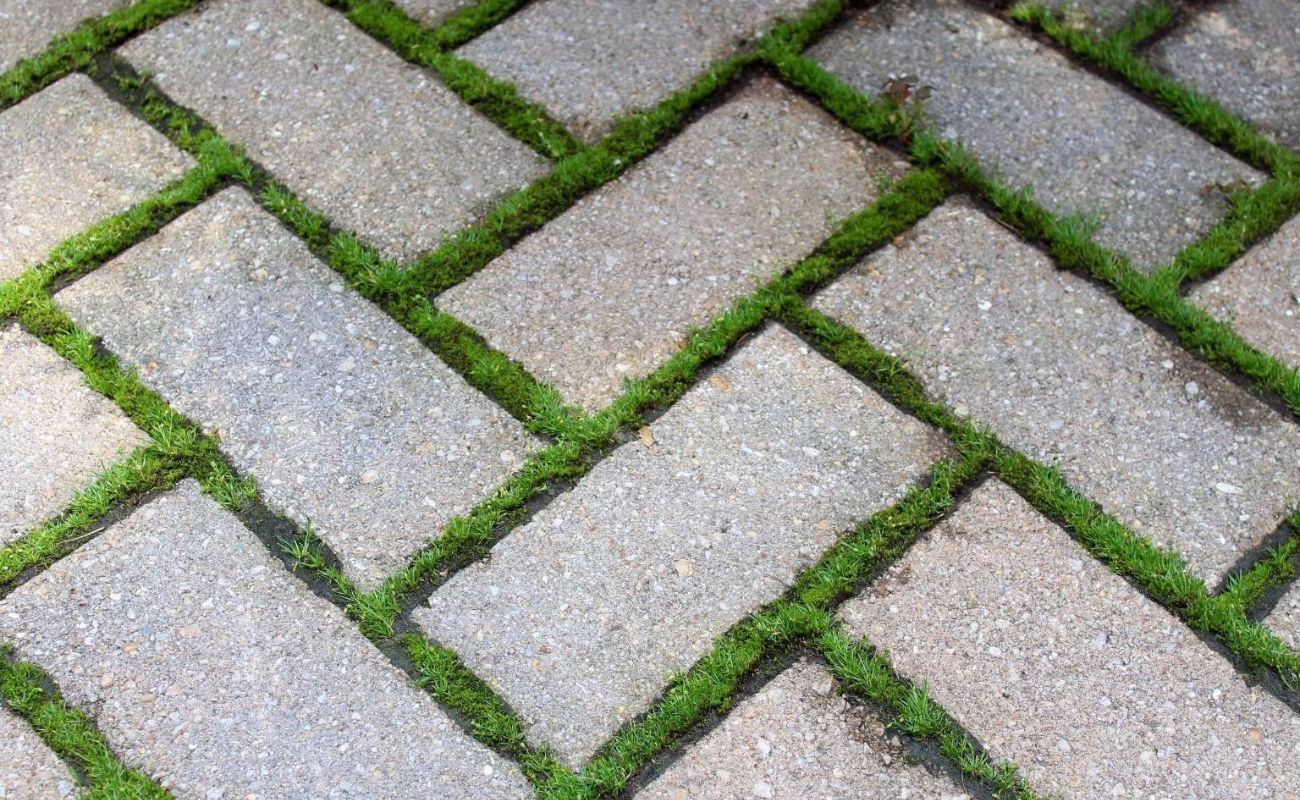
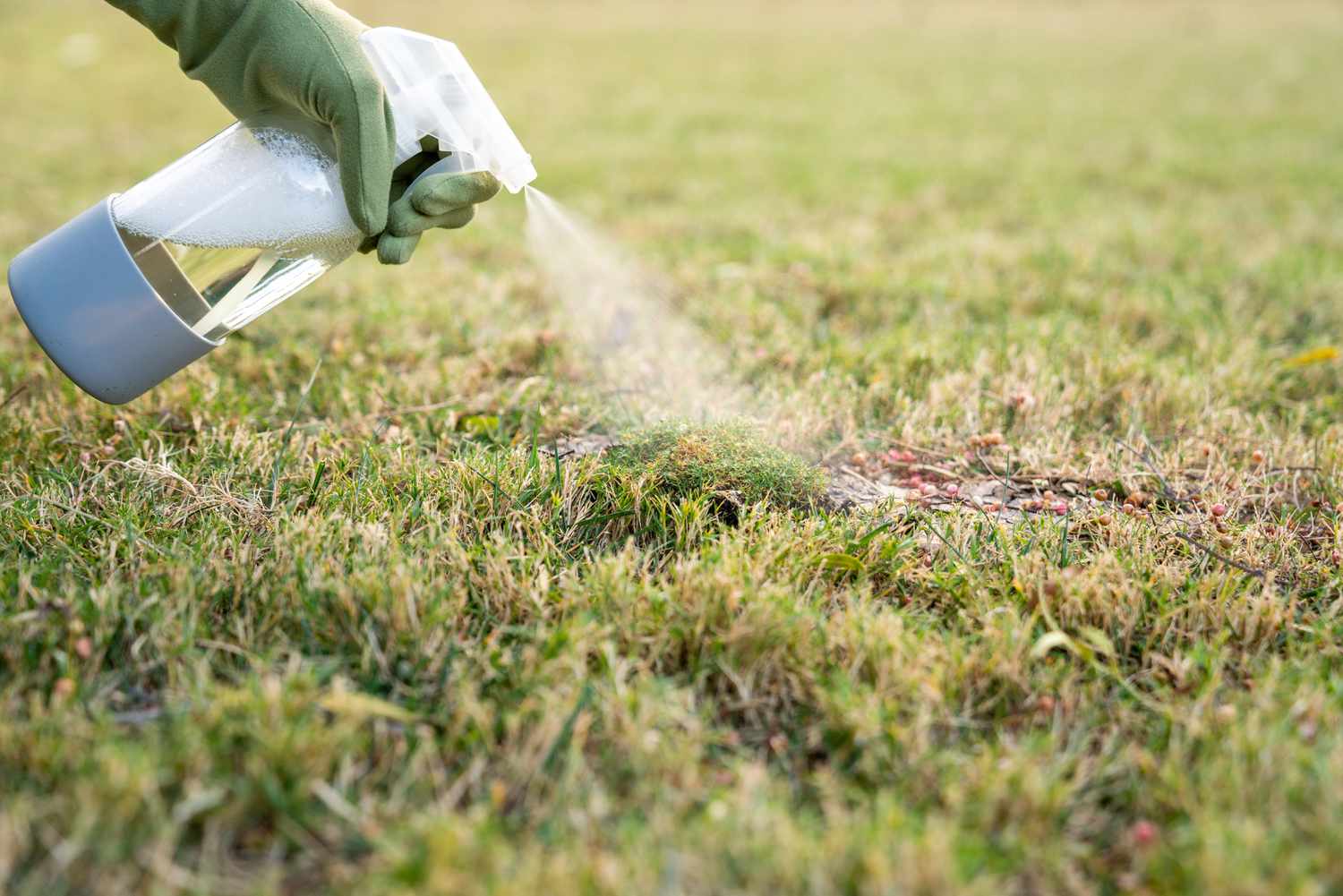

0 thoughts on “How To Store Peat Moss”